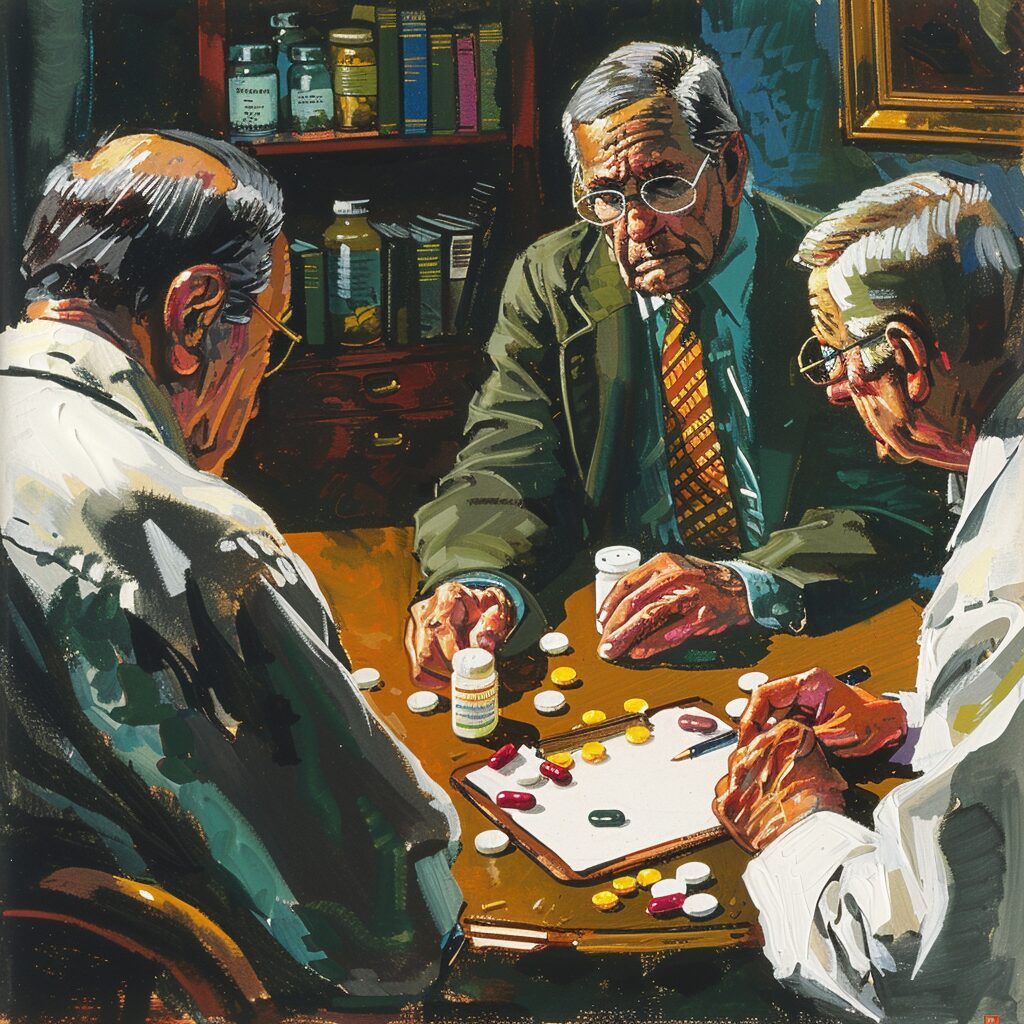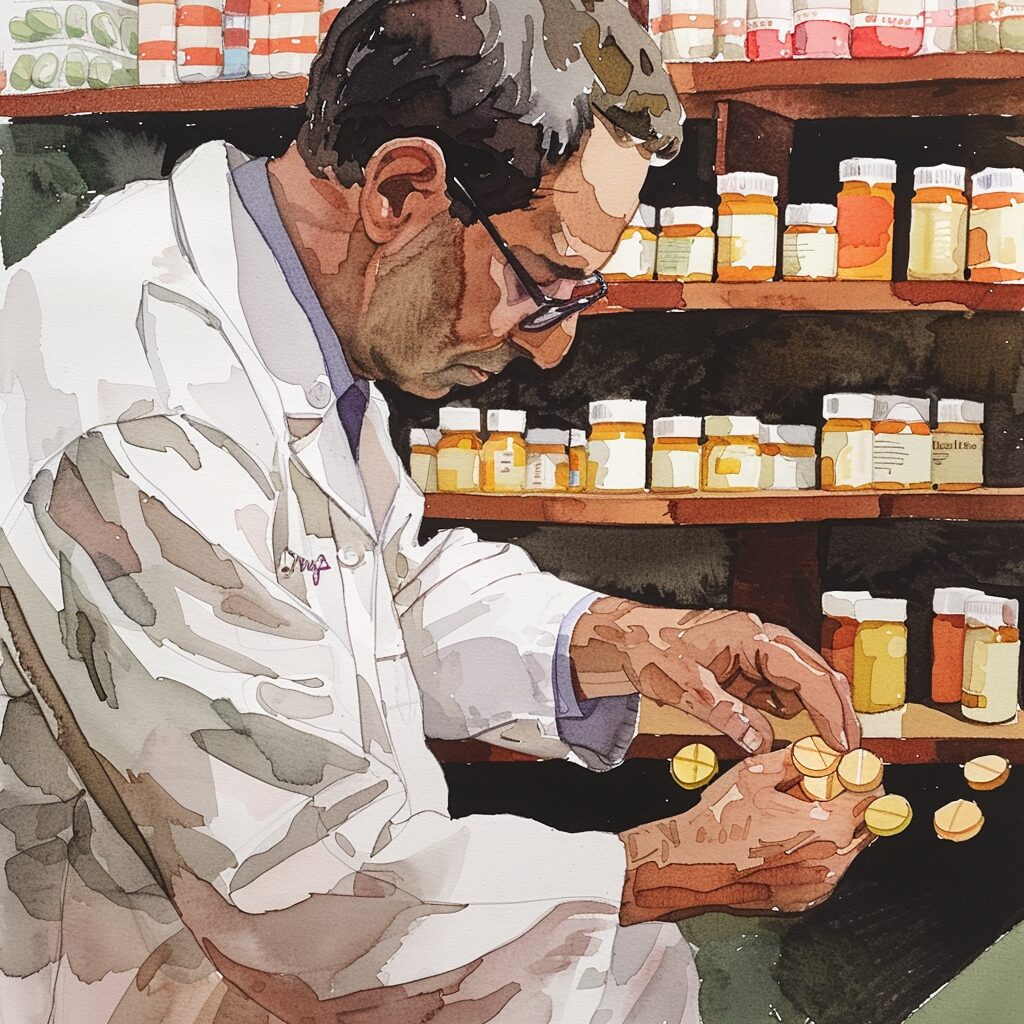Today’s landscape of illicit substances appears to be more dangerous than ever before. One of the primary reasons for this is the sheer potency of many of the substances available on the street. These include many designer drugs. When designer drugs are so potent that even accidental handling of them can be fatal, we know that we have a serious problem that needs to be rectified, and it starts with helping the people who are being harmed by them.
What Exactly Are Designer Drugs?
To distill it down to the most basic definition, designer drugs are drugs that are created synthetically rather than naturally occurring. According to the Archives of Toxicology, “The term ‘designer drugs’ was originally introduced to describe novel substances that are derived from clandestine alterations of well-known drugs of abuse, preserving or enhancing pharmacologic effects while remaining outside of legal control. The term is currently applied more widely to include substances that originate from industrial or academic research but never receive medical approval.”
Essentially there are four types of designer drugs. These are cannabinoids, cathinones, psychedelics, and opioids. Now, these would be synthetic types of cannabis marijuana such as “spice” and “K2,” types of synthetic stimulants like “meth,” types of hallucinogens like “LSD,” and types of opioids, the most prevalent right now being fentanyl. Another very common designer drug is MDMA also known as “Molly” and “ecstacy.”
Some of the Warning Signs of Designer Drug Use
Because there are so many types of designer drugs out there, there is a broad array of warning signs when it comes to warning signs. However, there are some warning signs that are specific to the more common types of designer drugs.
For example, synthetic cannabinoids often have a very distinct sweet smell that can stay on the body and clothing long after it has been consumed (generally smoked or vaped). Methamphetamine warning signs include intense periods of anxiety and paranoia and can include irritations to the skin from scratching and itching. Many designer hallucinogens share the characteristics of disorientation and dilated pupils with traditional hallucinogens. Lastly, fentanyl has a signature side effect known as “nodding out,” which is when the indivdual has trouble standing up and staying conscious after using it.
There are also many overarching warning signs that all of these designer drugs share. These warning signs can also represent some significant dangers that designer drugs pose.
The Dangers of Designer Drugs
Many of the dangers associated with designer drugs are similar to the drugs that they “mimic.” However, the nature of how designer drugs are made often poses more significant threats.
While there is no guarantee what anyone is ever getting when it comes to illicit substances on the street. Designer drugs are unique in that the composition of designer drugs with the same name can be completely different. For example, someone who uses “spice” may be getting something different (with different levels of potency) each time that they use it. This is because many manufacturers of the drug continue to change the chemical makeup of the drug to avoid certain regulations.
Also, many designer drugs are now showing up in other drugs, and many designer drugs are even integrating themselves into one another. The biggest culprit of this appears to be fentanyl, as it can be found in anything from “traditional” marijuana to methamphetamines to “knock-offs” of prescription medications like Xanax. This is particularly dangerous as even a minuscule amount of fentanyl can be deadly.
How to Treat Designer Drug Addictions
The good news is that many of the treatments that work for “traditional” substances also work for designer drugs. These treatments include types of psychotherapies like cognitive-behavioral therapy (CBT) and dialectical behavior therapy (DBT). Now, these types of therapies can get to the underlying issues that are often the causes of one’s reason for utilizing substances in the first place.
There are also two other common types of treatments that are used for designer drug addictions. These include experiential therapies such as drama and art therapy, which can help indivduals connect to their creative side and in turn discover a side of themselves that functions freely and energetically away from substances. Also, these include holistic treatment options like mindful meditation and yoga which can help to quiet the mind and lessen stress and anxiety that are often associated with the need to use substances in the first place.
The Primary Purpose of Lantana Recovery
Here at Lantana Recovery, we know the dangers of designer drug addictions. But, we also know that anyone can recover from these addictions if they have the willingness to be honest and put in the hard work necessary.
Our primary purpose is to help those who are struggling with mental illness and addiction get back on their feet. This we do proudly and productively, one day and one client at a time.
Designer drugs like ecstasy, ketamine, spice, and GHB are becoming more and more popular. Due to their popularity, many people overlook their dangers, such as not knowing exactly what one is getting, as well as the potential for addiction and the many physical side effects. The good news is that there are plenty of detox and treatment options for when someone is ready to get help. If you or someone you love is struggling with issues of addiction, mental illness, or both, we can help get you onto the road to successful long-term recovery. For more information on the dangers of designer drugs and some of the best treatment options, please reach out to Lantana Recovery today at (866) 997-2870.








